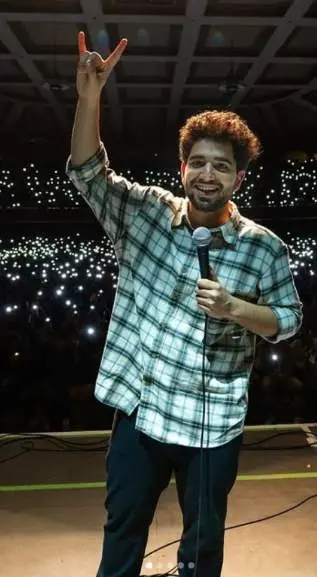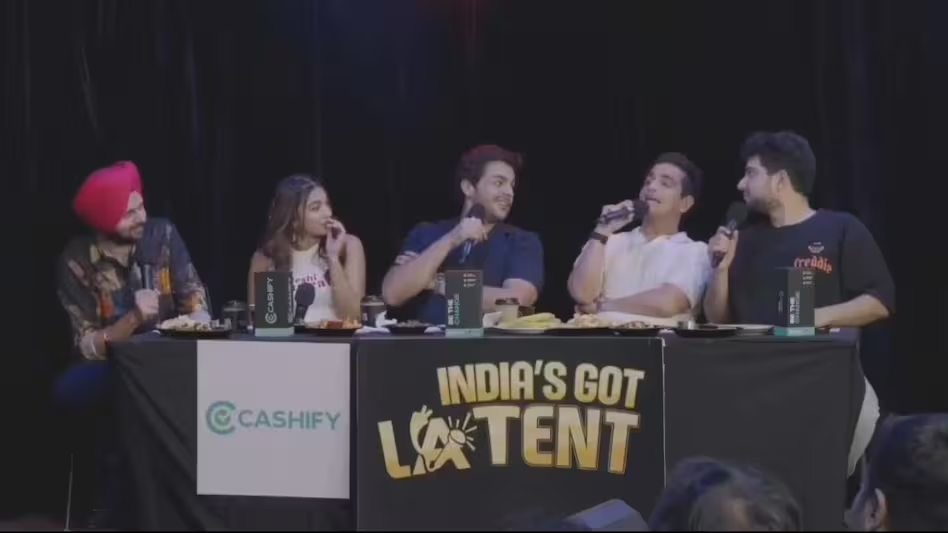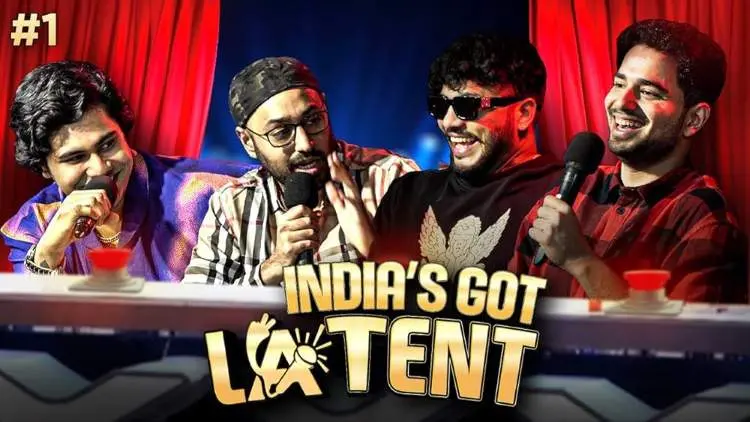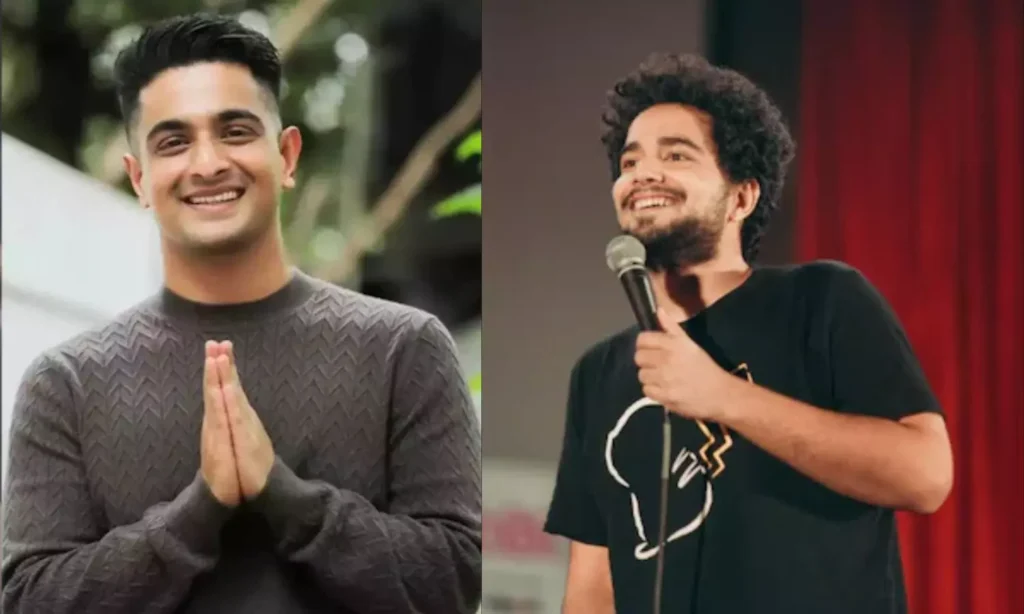Recently, an online reality sparked controversy on India’s Got Latent due to putting up obscene content in India which is offensive and inappropriate content.
Various legal provisions in India govern content creation, and the show’s creators may face legal consequences under multiple laws.
This article explores the relevant legal framework that applies to this situation.
Table of Contents
Bhartiya Nyaya Sanhita (BNS), 2023 on Obscene Content in India
Section 294: Sale, etc., of obscene books, etc.
Any person who performs an obscene act in a public place in a manner that annoys others shall be liable for punishment. Similarly, anyone who sings, recites, or utters obscene words, songs, or gestures in public, leading to public annoyance, shall be penalized.
Punishment: The offender may face imprisonment for up to three months, a fine, or both.
Section 295 of the BNS:
This section penalizes the sale, distribution, or circulation of obscene objects to a child to protect minors from exposure to inappropriate materials.
Prohibited Actions: Selling, renting, distributing, exhibiting, or circulating **obscene objects to a child, as defined under Section 294, is an offence.
Attempt and Offer: Even an attempt or offer to engage in such acts is punishable. Punishment:
First Conviction: Imprisonment up to three years and a fine of up to ₹2,000.
Subsequent Convictions: Imprisonment up to seven years and a fine of up to ₹5,000.
This provision aims to protect children from exposure to obscene materials and enforce stricter penalties for repeat offenders. Let me know if you need further clarification!
Section 296 penalizes obscene acts and expressions in public places that annoy others.
Punishable Acts:
(a) Performing any obscene act in a public place.
(b) Singing, reciting, or uttering obscene songs, ballads, or words in or near a public place.
Punishment:
- Imprisonment for up to three months, or
- A fine up to ₹1,000, or
- Both imprisonment and fine.
Read the Bhartiya Nyaya Sanhita here.
Information Technology Act, 2000 on Obscene Content in India
Section 67 of the IT Act:
Section 67 of the IT Act deals with the punishment for publishing or transmitting obscene content in India electronically. Here’s a summary:
- It criminalizes publishing, transmitting, or causing the publication/transmission of material in electronic form that is:
- Lascivious, or
- Appeals to the prurient interest, or
- Tends to deprave and corrupt persons are likely to read, see, or hear it, considering all relevant circumstances.
- First conviction: Imprisonment up to 3 years and fine up to ₹5 lakh.
- Second or subsequent conviction: Imprisonment up to 5 years and fine up to ₹10 lakh.
This provision prohibits the publication or transmission of obscene content in India in electronic form. If the show contained explicit or vulgar content, it could be subject to penalties under this section.
Section 67B of the IT Act on Obscene Content in India:
This section deals with the punishment for publishing or transmitting material depicting children in sexually explicit acts. Here’s a summary:
- It criminalizes several actions related to child sexual abuse material (CSAM) in electronic form:
- Publishing, transmitting, or causing the publication/transmission of material depicting children engaged in sexually explicit acts or conduct.
- Creating, collecting, seeking, browsing, downloading, advertising, promoting, exchanging, or distributing material depicting children in an obscene, indecent, or sexually explicit manner.
- Cultivating, enticing, or inducing children into online relationships for sexually explicit acts or in a manner that would offend a reasonable adult.
- Facilitating online child abuse.
- Recording one’s own or another’s child sexual abuse.
- First conviction: Imprisonment up to 5 years and fine up to ₹10 lakh.
- Second or subsequent conviction: Imprisonment up to 7 years and fine up to ₹10 lakh.
- Exceptions: The provisions do not apply to material:
- Published for the public good in the interest of science, literature, art, learning, or other objects of general concern.
- Kept or used for bona fide heritage or religious purposes.
- Definition of “children”: A person who has not completed 18 years of age.
Read the Information Technology Act, 2000 here.
Indecent Representation of Women (Prohibition) Act, 1986
- This law prevents the indecent portrayal of women in any form. If the show’s content objectified or misrepresented women in a harmful manner, legal action could be taken under this act.
Protection of Children from Sexual Offences (POCSO) Act, 2012
- If minors were involved in any inappropriate content or were exposed to explicit material, the show could face legal scrutiny under the POCSO Act.
Information Technology (Intermediary Guidelines and Digital Media Ethics Code) Rules, 2021
- These rules require online platforms to regulate content and take action against unlawful or harmful material. The government and regulatory bodies have directed platforms to remove controversial episodes, citing violations of these rules.
Public Response and Legal Actions

Following the controversy, complaints were lodged against the show’s creators, leading to investigations.
Authorities, including the National Commission for Women (NCW) and the National Commission for Protection of Child Rights (NCPCR), have sought action against objectionable content.
Digital platforms hosting the show have been urged to remove inappropriate episodes.
Watch a recommended video here ⬇️
Conclusion
The “India’s Got Latent” controversy highlights the need for responsible content creation and adherence to Indian laws governing digital media.
The legal provisions mentioned above ensure that content remains ethical and does not harm public sentiment or individuals’ rights and also does not promote obscene content in India.
Content creators must be mindful of these regulations to avoid legal consequences and uphold ethical standards in entertainment.
Disclaimer: The above article shows the general information to the public and also represents the personal views of the author. This article should not be construed as a legal advice. Please consult an appropriate lawyer before taking any action under the law.




